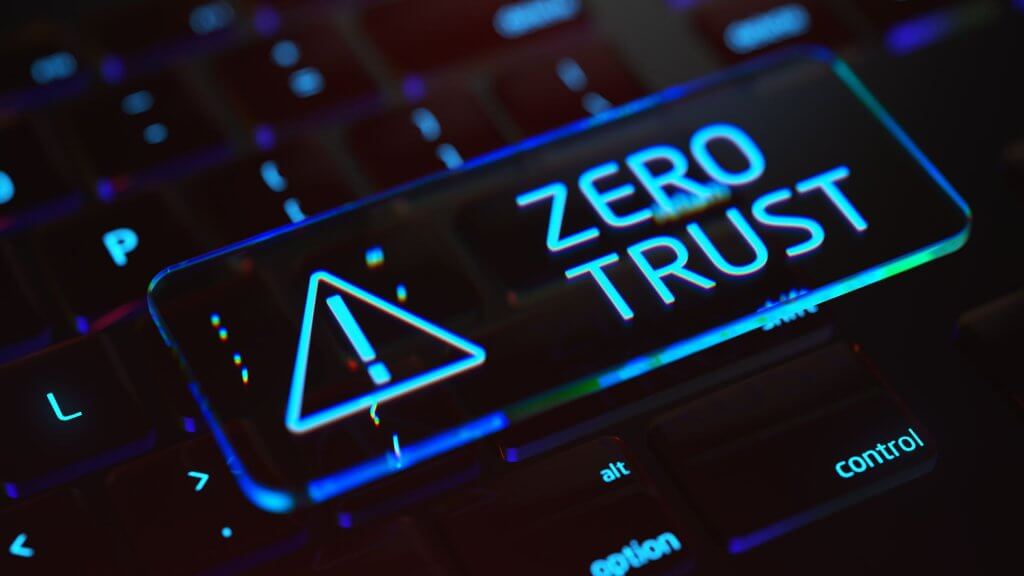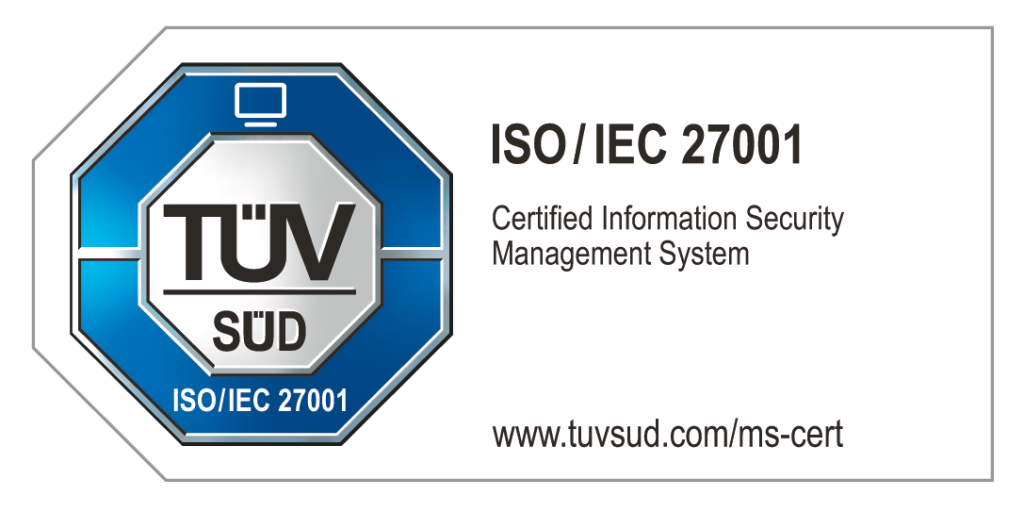Trust No One, Verify Everyone: The Zero Trust Guide to Cybersecurity

When it comes to cloud environments, traditional security systems are now dated, in the light of Zero Trust models. Stay agile and secure.
Why Redundancy Isn’t An Option In Cybersecurity Planning

Redundancy isn’t an option, it’s a necessity. Learn how having a backup plan protects your business continuity and processes.
How to Create Robust Security in CX

Cybersecurity is an ongoing process. Learn about the basic security features in a CX solution that every business needs to employ.
The Case of The Impenetrable Cloud

MSPs’ solutions and CSPs’ robust infrastructure enhance your business against cyber threats with a hybrid approach.

